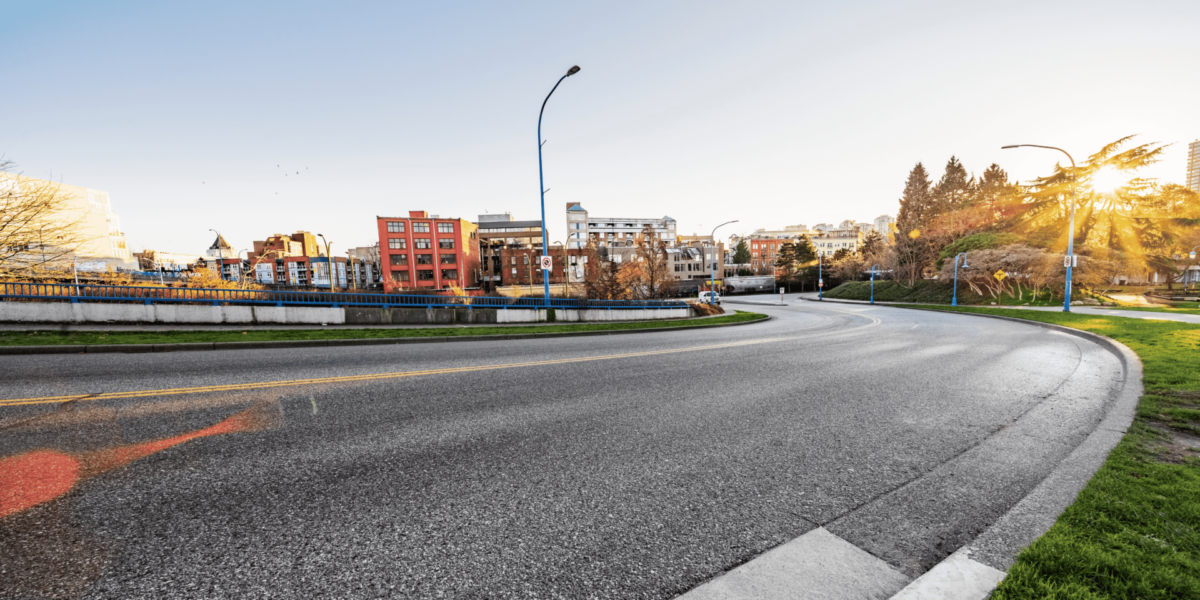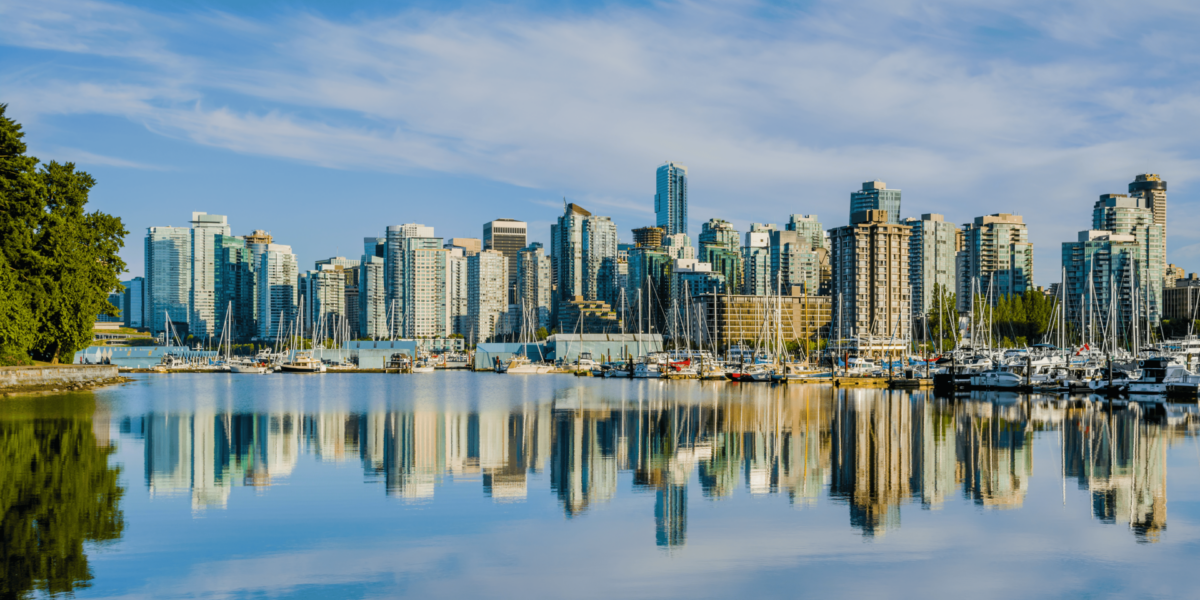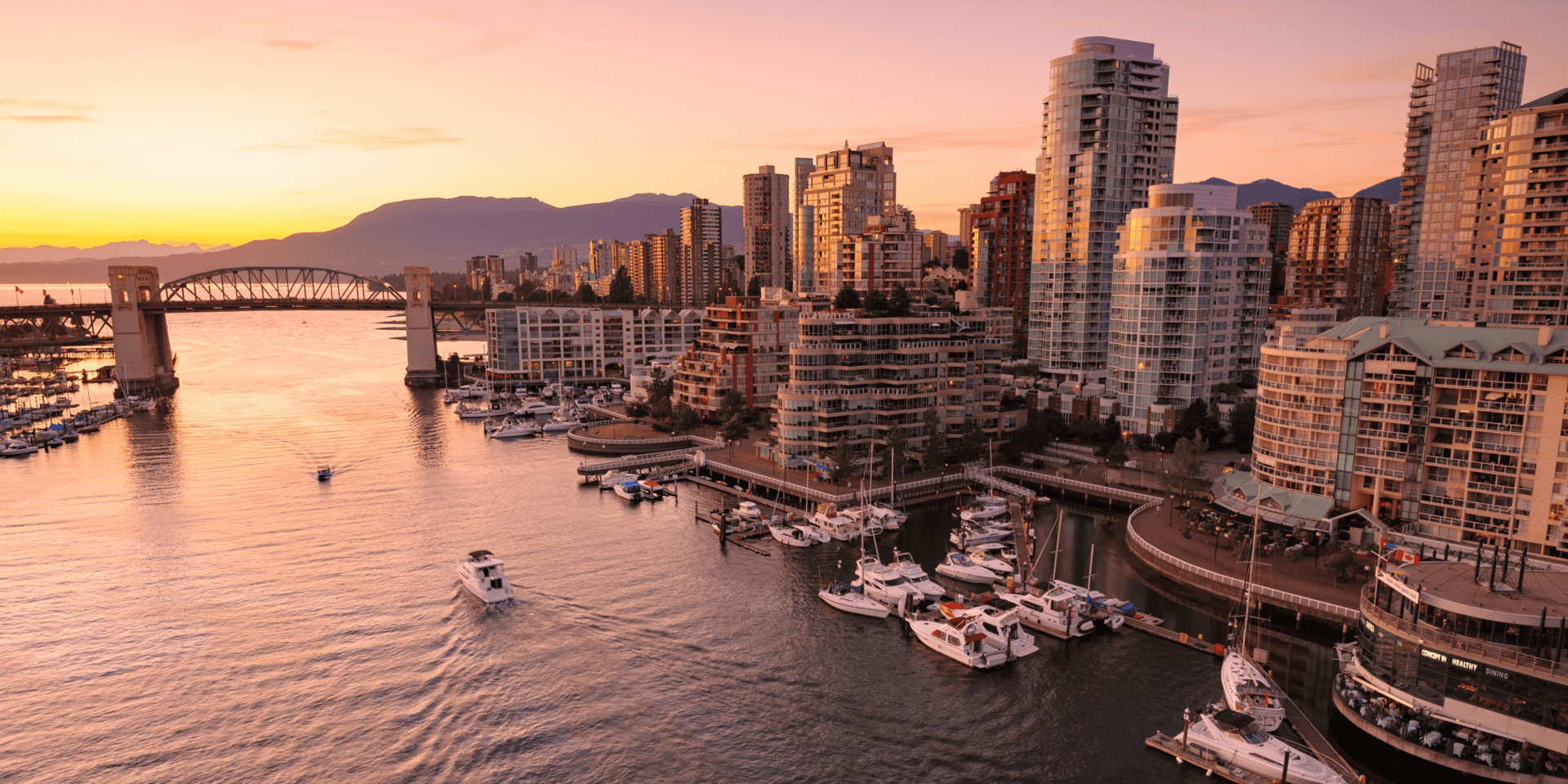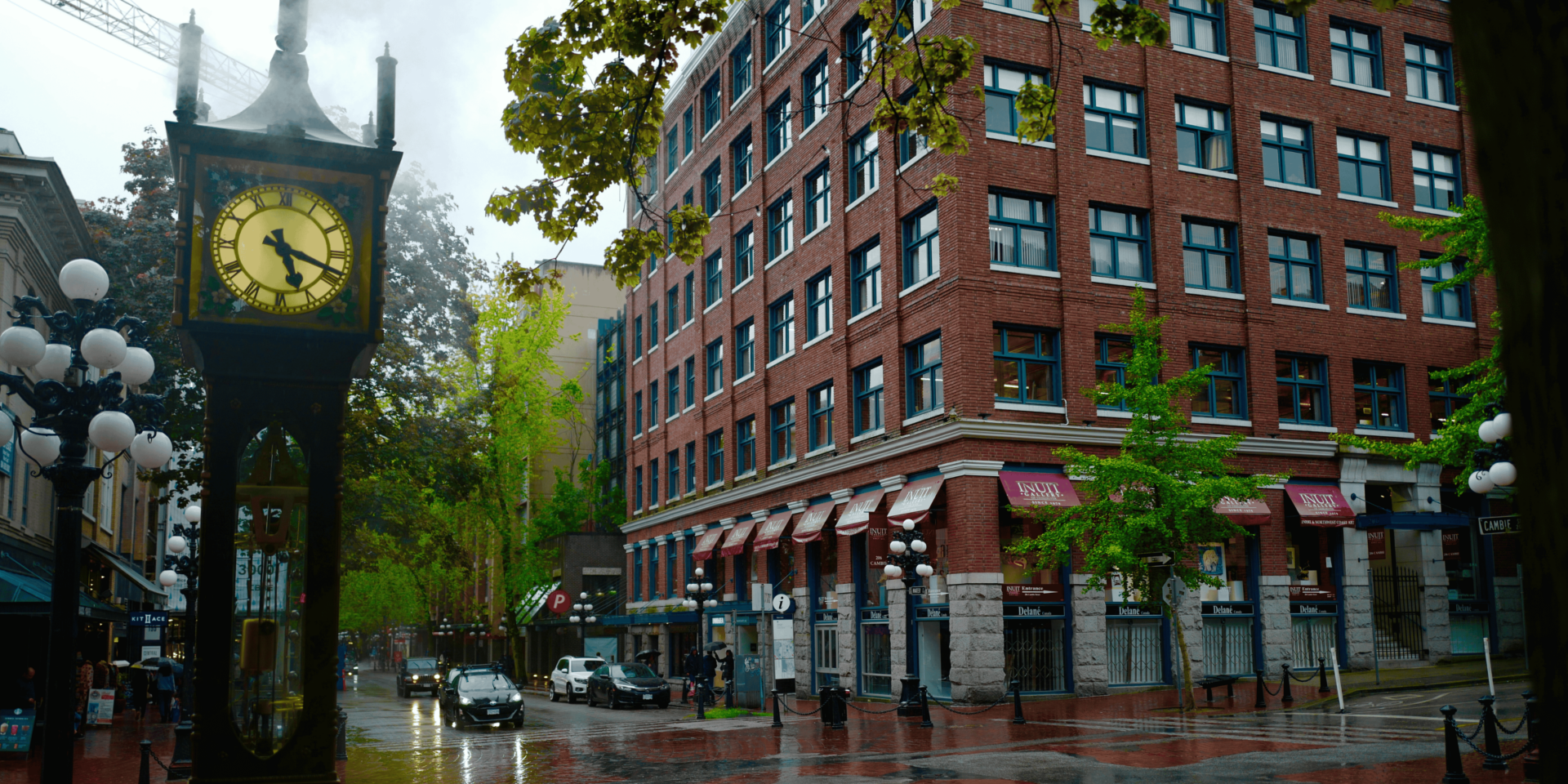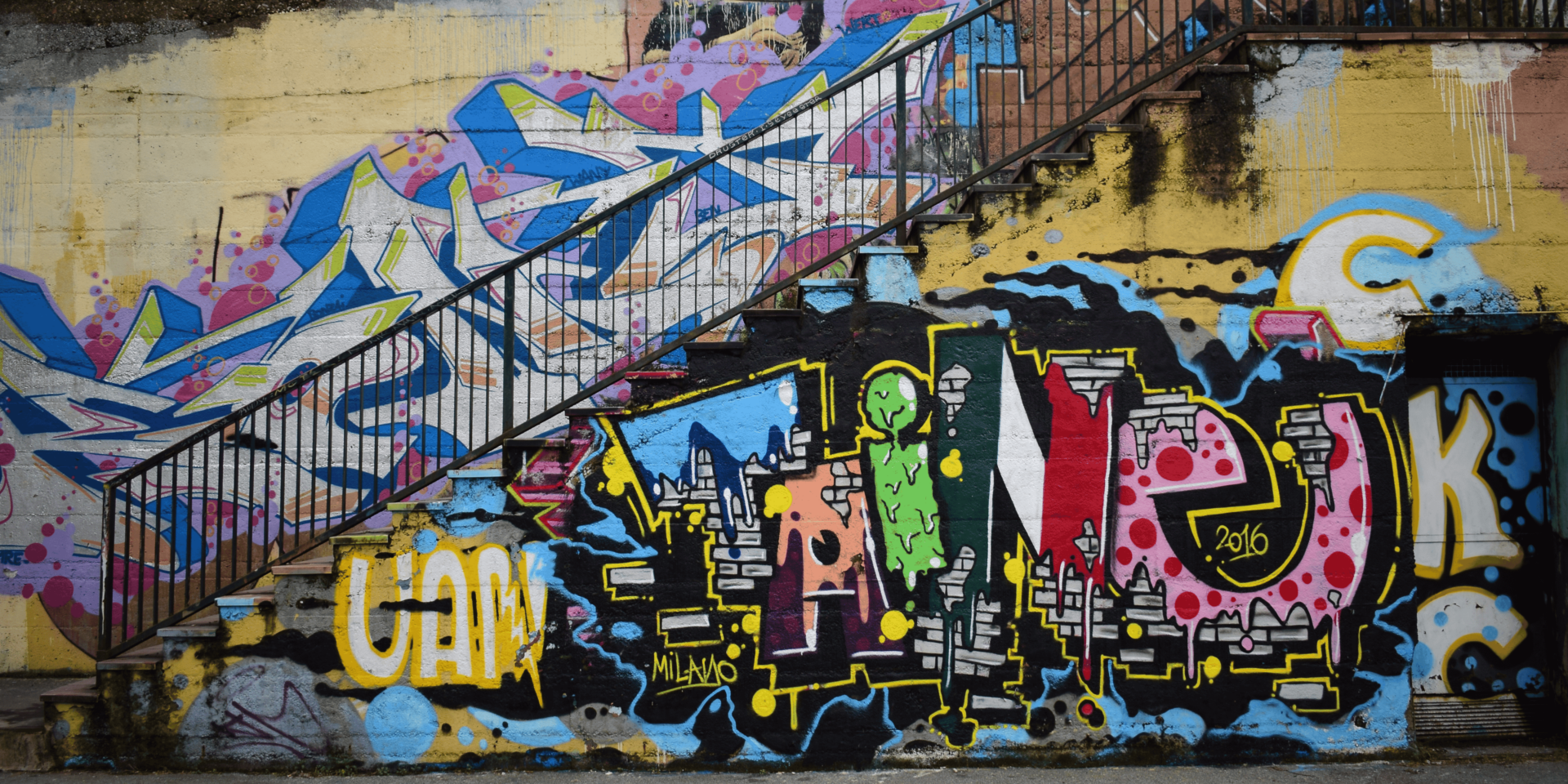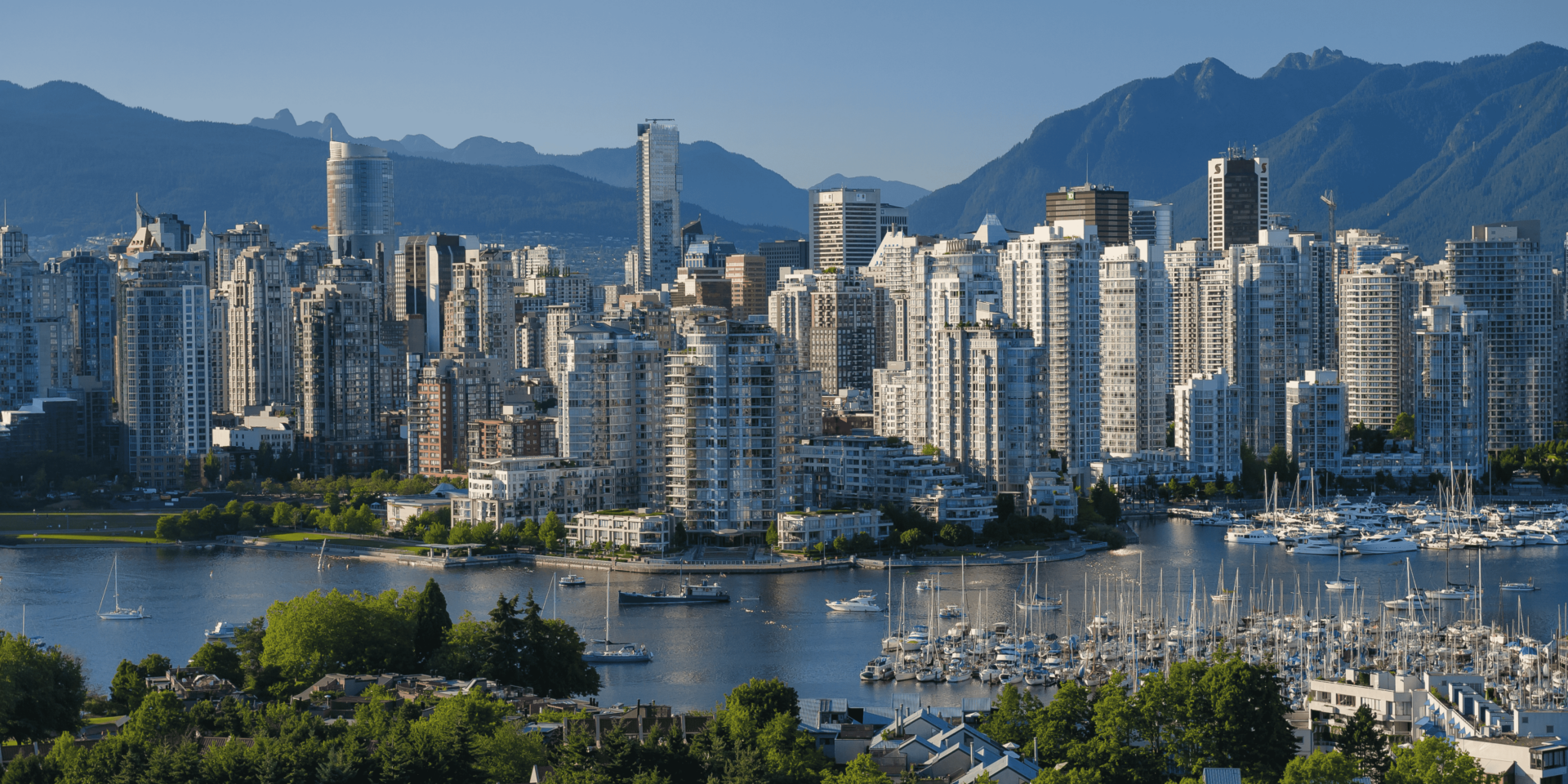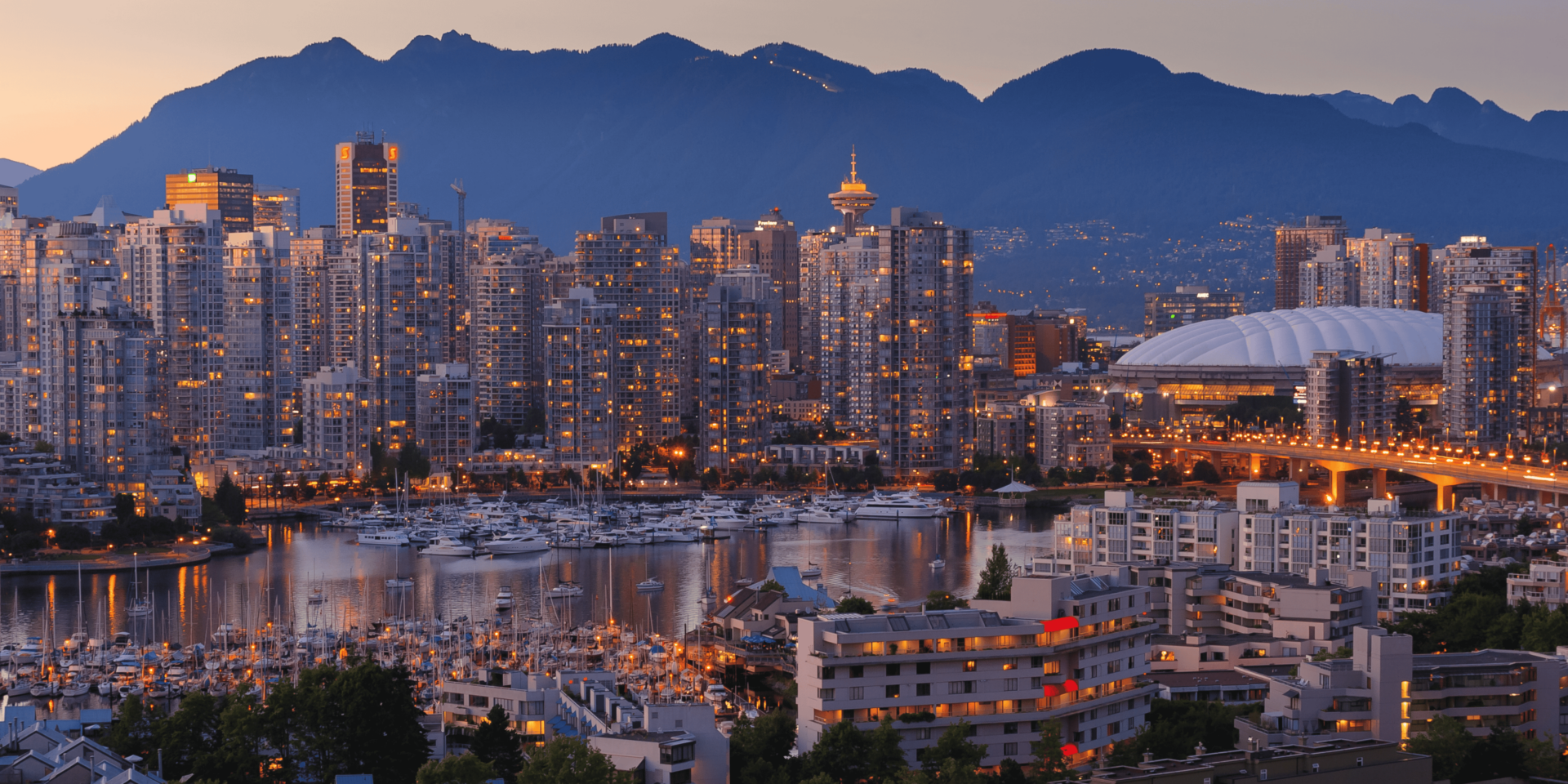City mornings begin in stillness. As the sun rises, fog settles low over buildings and empty streets. This combination of soft light and silence changes how the city looks and feels. Early light flattens harsh lines and brings out hidden textures.
Imagine someone stepping outside before the rush begins. The buildings don’t shout—they glow. Shadows stretch long, and reflections in windows appear deeper. In this light, the city becomes a quiet subject ready to be captured with intention and care.
Fog Adds Depth to Street Photography
Fog doesn’t blur the city—it reveals its layers. When fog drifts between buildings or hangs over sidewalks, it softens distance and highlights depth. In photography, this atmospheric condition builds mood without needing filters or heavy edits.
A person walking with a camera may notice how fog changes familiar scenes. Streetlights glow differently. Signs fade into the background. These details allow the photographer to focus on emotion rather than distraction. The result is a frame filled with tone and space rather than clutter.
Film Captures Mood with Natural Imperfection
Film photography works well in early light and fog. It handles contrast differently than digital cameras, often rendering soft transitions and muted tones that reflect the quiet of the hour. Grain and slight blur add to the sense of calm, not chaos.
A photographer loading film during a foggy morning isn’t chasing perfection. They’re capturing the city as it presents itself—raw and reflective. The limits of film match the simplicity of the scene. With fewer options to correct or crop, each frame becomes a decision rather than a correction.
Footsteps Define the Rhythm of Empty Streets
When cities sleep, sound changes. The usual hum of engines and voices fades. In its place, footsteps echo off pavement and walls. These sounds create rhythm and movement for both the walker and the observer.
Picture someone walking through a downtown block with only the sound of their shoes on wet concrete. Each step sets the pace. Each pause becomes a frame. Photographers often find their best shots during these quiet walks, not because the view changes, but because they do.
Stillness Encourages Careful Observation
Early hours offer something few other times do—mental space. Without noise or crowds, people look longer, listen more, and notice details they would otherwise ignore. Photography during this time becomes less about quick captures and more about intentional framing.
A street photographer in this setting might notice steam rising from a manhole or light catching the edge of a window frame. These aren’t dramatic subjects, but they carry weight. In stillness, the ordinary gains presence. That’s what makes the morning valuable for capturing honest city moments.
Light and Shadow Guide Composition
In the morning, light arrives slowly. Shadows stretch and shift as the sun clears buildings. This moving contrast helps photographers guide focus. Strong lines from shadows help frame shots, while soft light fills space evenly.
A person shooting film or digital might follow the light as it rises, adjusting position rather than waiting for it to change. They watch for where it touches windows, doors, benches, and walls. This act turns photography into a conversation with the environment, where timing matters more than settings.
Mood Drives the Image, Not Just the Scene
Photography in the morning is not just about what’s visible. It’s about how the moment feels. Fog, film, and footsteps work together to create that feeling. Mood becomes part of the image, shaping how viewers experience it later.
Consider someone reviewing their morning photos later in the day. Even without sound or movement, the images feel quiet. That emotional tone stays with the viewer. The photo becomes a memory, not just a picture. Capturing that mood depends on noticing how all elements—light, space, and presence—interact.
Slow Shooting Enhances Connection With Place
The pace of early morning encourages slow photography. There’s no pressure to move fast or capture everything. Instead, each frame carries weight. Photographers often find themselves returning to the same spot, waiting for the light or fog to shift.
Someone shooting in a quiet neighborhood might frame a single street corner from several angles. With time and patience, the corner reveals more than just form—it reveals character. That sense of connection deepens both the photographer’s understanding and the viewer’s response.
City Mornings Offer Authentic Urban Stories
Empty streets and soft light remove distractions. They show the city in its most honest state. This authenticity makes morning photography valuable—not for spectacle, but for truth. The images reveal how cities rest, wake, and prepare for movement.
A commuter passing through the same space hours later may not recognize the stillness captured earlier. That’s the value of early photography—it holds what others miss. It reminds viewers that the city is more than traffic, more than noise. It breathes, even when few are watching.
Consistency Builds a Visual Archive
Photographers who return to the city morning after morning build something more than a collection of photos—they build a visual archive. Over time, they track seasonal shifts, weather patterns, and how structures interact with light and shadow.
A person committed to this practice might begin to notice how one building always catches first light or how fog behaves at certain corners. These patterns become part of their workflow. The archive grows not from big changes, but from repeated attention. That’s where depth lives—in routine, not in novelty.
Morning Photography Captures Urban Honesty
Fog, film, and footsteps tell stories that mid-day often hides. Morning photography doesn’t aim for drama. It aims for presence. In the quiet, the city reveals its structure, its mood, and its motion in subtle ways.
By walking early, observing with care, and shooting slowly, photographers can create work that holds emotion without forcing it. Each frame becomes a moment of honesty—a record of how the city feels before it fills with movement. That’s what makes these mornings worth capturing.
